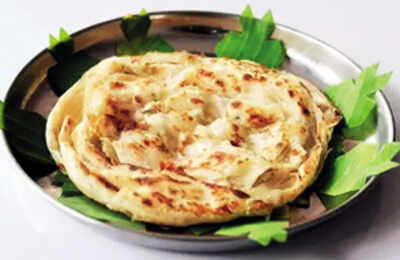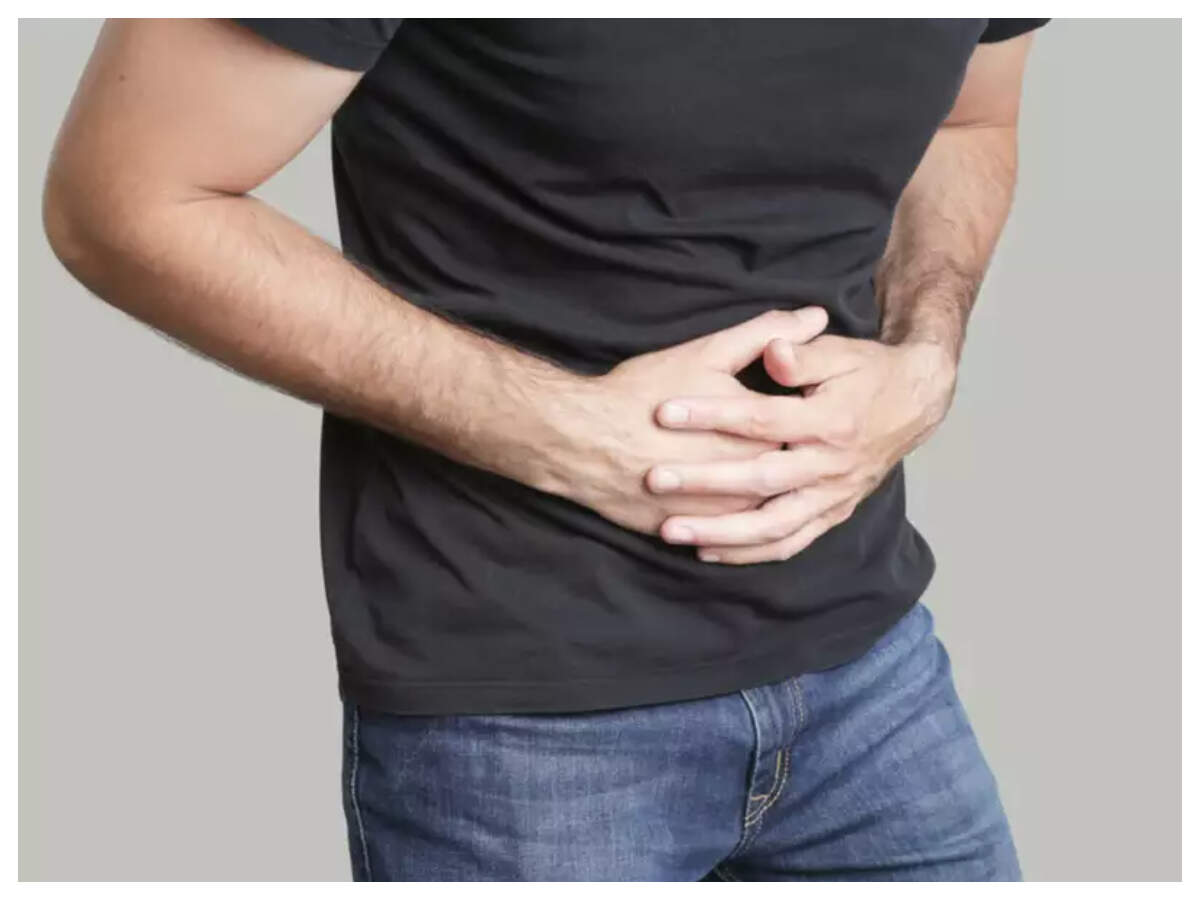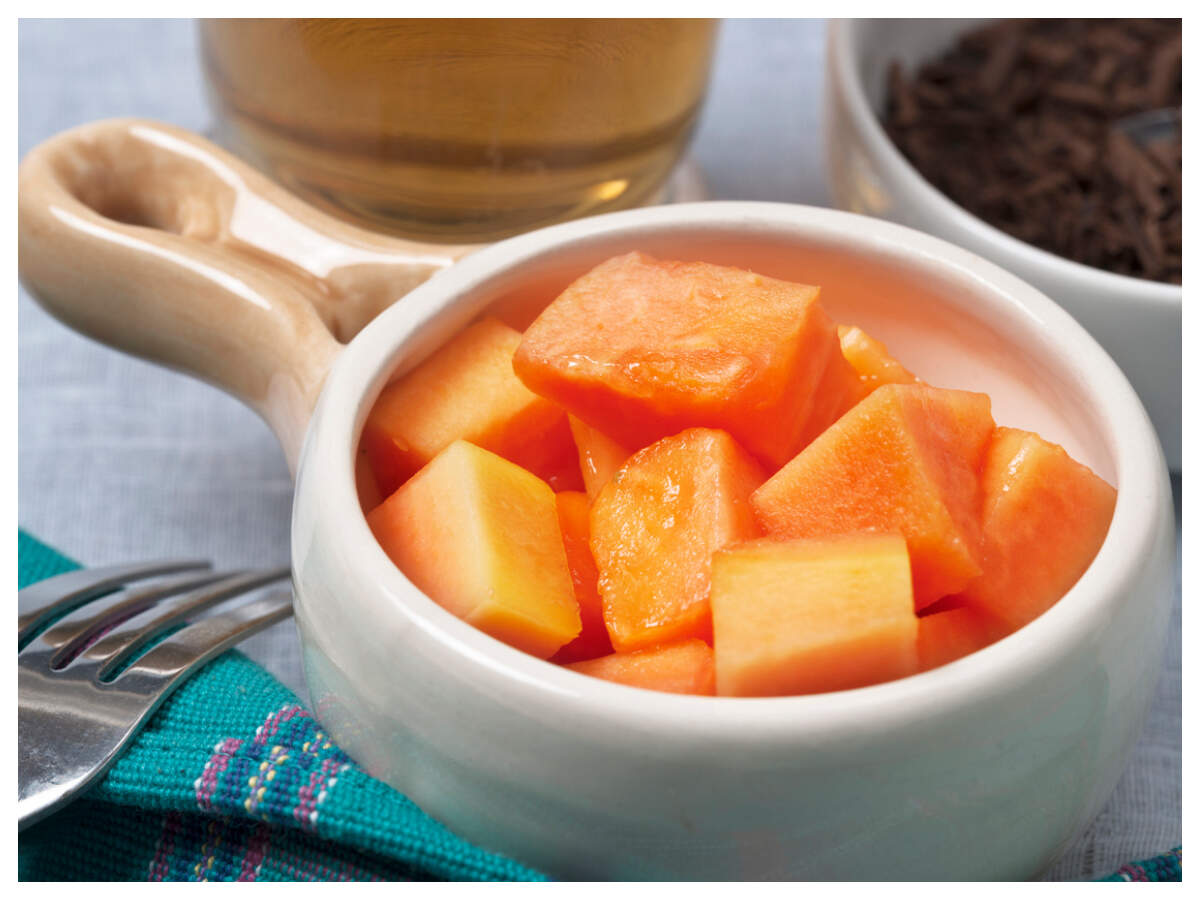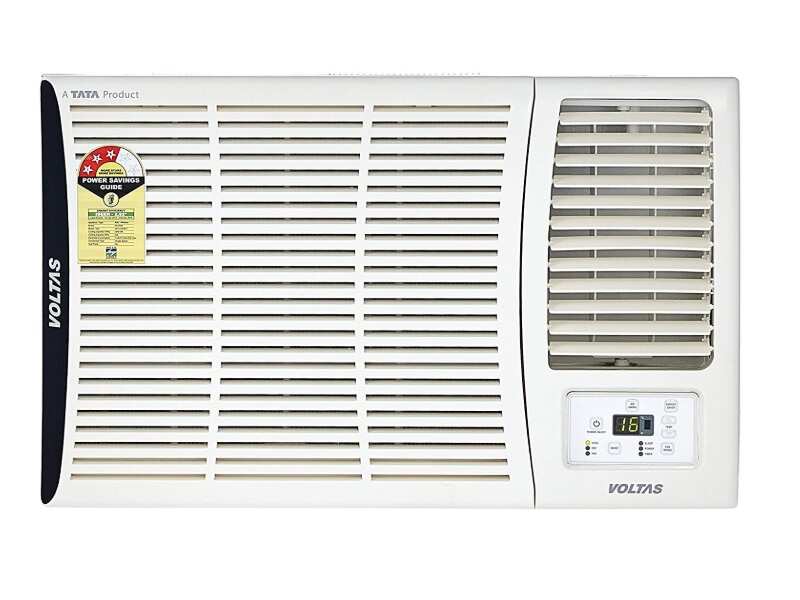
NEW DELHI: The hashtag #Handsoff-Porotta has 15k tweets, and counting. Memes on social media are rolling in thick and fast. The reason for the outrage is a recent decision of the GST Authority for Advance Rulings (AAR) that distinguished between ‘rotis’ and ‘parotas’, holding that the latter is subject to a higher GST rate of 18%.
Kerala Tourism tweeted: “The loyal fans of the Malabar cuisine simply cannot keep their @handsoffporotta, lockdown or not. Share your favourite porotta recipes with us.”
The root cause of litigation in the GST realm boils down to complexities in classification. Referring to this ruling, Pratik Jain, partner and leader indirect tax at PwC India, says, “The AAR has not appreciated that the term ‘roti’ is a generic term and can cover different types of Indian breads and is not limited to specific types of such breads.”
Parota manufacturer says he will challenge the new GST regime
The matter was also discussed at a GST Council last year. But it did not recommend reduction in the levy on frozen and preserved parotas as these are branded and sold by the organised sector, a tax officer said.
As reported by TOI in some of its editions on June 11, the AAR differed from the view submitted by the applicant company—iD Fresh Food—that parotas should be classified under the product description of ‘Khakhara, plain chapatti or roti’ (or to be more technical under heading 1905). Owing to Entry 99A, of Schedule 1 to GST notifications, rotis are subject to a lower rate of 5%. The benefit of Entry 99A was denied to the company, by the Karnataka AAR bench.
In unpacked form, including from restaurants and takeaway joints, rotis and parotas face the same levy of 5%. But all is not lost for those opting for packed and frozen parotas, as the company intends to file an appeal.
“We are committed to follow the law of the land and work in the interest of the community. In today’s challenging times, we need-—more than ever before—to build an environment that is conducive to recovery and growth. We have decided to appeal against the recent ruling by the AAR Karnataka,” said P C Musthafa, CEO and co-founder of iD Fresh Food.
Tax practitioners point out that contrary decisions of the AAR are quite common and troublesome. Sure enough, even in the case of parotas (or call it parathas) a contrary ruling (favourable to parota lovers) is available.
Musthafa said that in 2018, the Maharashtra bench of the AAR had observed that “The unleavened flatbread products such as plain chapatti, tortilla, tortilla wraps, roti, roti rolls, wraps, paratha and paratha wraps are covered under Entry No. 99 A of Schedule I and they would be liable to tax @ 5%.” TOI has seen a copy of this order, which runs into 54 pages.
In its 2012 notification, under the Karnataka Value Added Tax Act, 2003, the government had not made such a distinction and reduced the tax payable for ready-to-cook chapati and parota to 5%, he added.
A senior government official told TOI, “Frozen parota is preserved, seal-packed, branded, it has a shelf-life and is not a staple item. Further, it is consumed by a class which can afford to pay tax. Even cheaper products such as biscuits, pastries, cakes, etc, attract GST at the rate of 18%.”
Kerala Tourism tweeted: “The loyal fans of the Malabar cuisine simply cannot keep their @handsoffporotta, lockdown or not. Share your favourite porotta recipes with us.”
The loyal fans of the Malabar cuisine simply cannot keep their #handsoffporotta, lockdown or not. Share your favori… https://t.co/lWZhtgqZH7
— Kerala Tourism (@KeralaTourism) 1591954103000The root cause of litigation in the GST realm boils down to complexities in classification. Referring to this ruling, Pratik Jain, partner and leader indirect tax at PwC India, says, “The AAR has not appreciated that the term ‘roti’ is a generic term and can cover different types of Indian breads and is not limited to specific types of such breads.”
Parota manufacturer says he will challenge the new GST regime
The matter was also discussed at a GST Council last year. But it did not recommend reduction in the levy on frozen and preserved parotas as these are branded and sold by the organised sector, a tax officer said.
As reported by TOI in some of its editions on June 11, the AAR differed from the view submitted by the applicant company—iD Fresh Food—that parotas should be classified under the product description of ‘Khakhara, plain chapatti or roti’ (or to be more technical under heading 1905). Owing to Entry 99A, of Schedule 1 to GST notifications, rotis are subject to a lower rate of 5%. The benefit of Entry 99A was denied to the company, by the Karnataka AAR bench.
In unpacked form, including from restaurants and takeaway joints, rotis and parotas face the same levy of 5%. But all is not lost for those opting for packed and frozen parotas, as the company intends to file an appeal.
“We are committed to follow the law of the land and work in the interest of the community. In today’s challenging times, we need-—more than ever before—to build an environment that is conducive to recovery and growth. We have decided to appeal against the recent ruling by the AAR Karnataka,” said P C Musthafa, CEO and co-founder of iD Fresh Food.
Tax practitioners point out that contrary decisions of the AAR are quite common and troublesome. Sure enough, even in the case of parotas (or call it parathas) a contrary ruling (favourable to parota lovers) is available.
Musthafa said that in 2018, the Maharashtra bench of the AAR had observed that “The unleavened flatbread products such as plain chapatti, tortilla, tortilla wraps, roti, roti rolls, wraps, paratha and paratha wraps are covered under Entry No. 99 A of Schedule I and they would be liable to tax @ 5%.” TOI has seen a copy of this order, which runs into 54 pages.
In its 2012 notification, under the Karnataka Value Added Tax Act, 2003, the government had not made such a distinction and reduced the tax payable for ready-to-cook chapati and parota to 5%, he added.
A senior government official told TOI, “Frozen parota is preserved, seal-packed, branded, it has a shelf-life and is not a staple item. Further, it is consumed by a class which can afford to pay tax. Even cheaper products such as biscuits, pastries, cakes, etc, attract GST at the rate of 18%.”
Download
The Times of India News App for Latest Business News
more from times of india business

Coronavirus outbreak
Business News
LATEST VIDEOS
Business
 Businesses with no tax liability can still file GST return without late fee: FM Nirmala Sitharaman
Businesses with no tax liability can still file GST return without late fee: FM Nirmala Sitharaman  FM Nirmala Sitharaman announces GST relief for small taxpayers to offset COVID-19 impact
FM Nirmala Sitharaman announces GST relief for small taxpayers to offset COVID-19 impact  Sensex crashes over 850 points, Nifty below 9,550 as coronavirus fears take hold
Sensex crashes over 850 points, Nifty below 9,550 as coronavirus fears take hold  Heavy buying in financials lift indices 1.5 pc, Reliance touches new high
Heavy buying in financials lift indices 1.5 pc, Reliance touches new high
More from TOI
Navbharat Times
Featured Today in Travel
Quick Links
ELSS Mutual Funds BenefitsIncome Tax Refund statusWhat is AssochamITR Filing Last DateHome Loan EMI TipsHome Loan Repayment TipsPradhan Mantri Awas YojanaTop UP Loan FeaturesIncrease Home Loan EligibilityHome Loan on PFTax Saving Fixed DepositLink Aadhaar with ITRAtal Pension YojanaNita AmbaniIndian EconomyRBIAadhaar CardSBIReliance CommunicationsMukesh AmbaniIndian Bank Ifsc codeIDBI Ifsc codeIndusind ifsc codeYes Bank Ifsc CodeVijay Bank Ifsc codeSyndicate bank Ifsc CodePNB Ifsc codeOBC Ifsc codeKarur vysya bank ifscIOB Ifsc codeICICI Ifsc codeHDFC Bank ifsc codeCanara Bank Ifsc codeBank of baroda ifscBank of America IFSC CodeBOM IFSC CodeAndhra Bank IFSC CodeAxis Bank Ifsc CodeSBI IFSC CodeGST
Get the app



